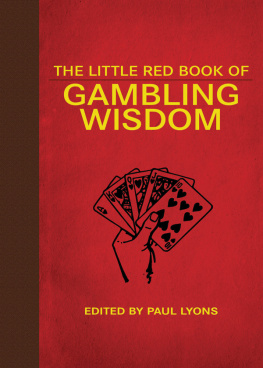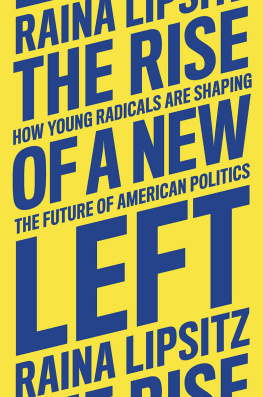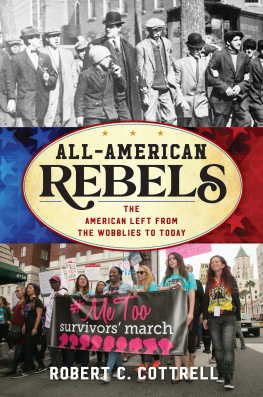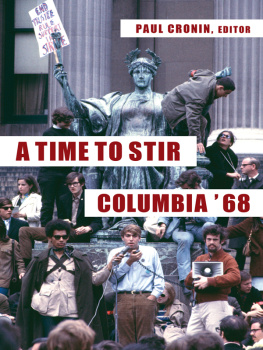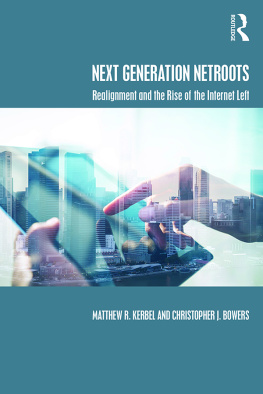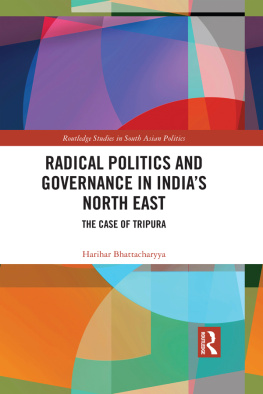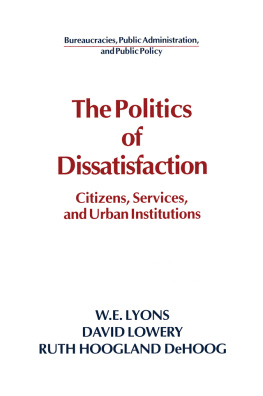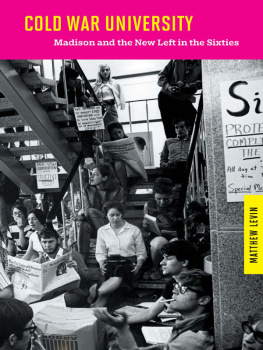Paul Lyons - The People of This Generation: The Rise and Fall of the New Left in Philadelphia
Here you can read online Paul Lyons - The People of This Generation: The Rise and Fall of the New Left in Philadelphia full text of the book (entire story) in english for free. Download pdf and epub, get meaning, cover and reviews about this ebook. year: 2013, publisher: University of Pennsylvania Press, genre: Politics. Description of the work, (preface) as well as reviews are available. Best literature library LitArk.com created for fans of good reading and offers a wide selection of genres:
Romance novel
Science fiction
Adventure
Detective
Science
History
Home and family
Prose
Art
Politics
Computer
Non-fiction
Religion
Business
Children
Humor
Choose a favorite category and find really read worthwhile books. Enjoy immersion in the world of imagination, feel the emotions of the characters or learn something new for yourself, make an fascinating discovery.

- Book:The People of This Generation: The Rise and Fall of the New Left in Philadelphia
- Author:
- Publisher:University of Pennsylvania Press
- Genre:
- Year:2013
- Rating:3 / 5
- Favourites:Add to favourites
- Your mark:
The People of This Generation: The Rise and Fall of the New Left in Philadelphia: summary, description and annotation
We offer to read an annotation, description, summary or preface (depends on what the author of the book "The People of This Generation: The Rise and Fall of the New Left in Philadelphia" wrote himself). If you haven't found the necessary information about the book — write in the comments, we will try to find it.
At the heart of the tumult that marked the 1960s was the unprecedented scale of student protest on university campuses around the world. Identifying themselves as the New Left, as distinguished from the Old Left socialists who engineered the historic labor protests of the 1930s, these young idealists quickly became the voice and conscience of their generation.
The People of This Generation is the first comprehensive case study of the history of the New Left in a Northeast urban environment. Paul Lyons examines how campus and community activists interacted with the urban political environment, especially the pacifist Quaker tradition and the rising ethnic populism of police chief and later mayor Frank Rizzo. Moving away from the memoirs and overviews that have dominated histories of the period, Lyons uses this detailed metropolitan study as a prism for revealing the New Lefts successes and failures and for gauging how the energy generated by local activism cultivated the allegiance of countless citizens.
Lyons explores why groups dominated by the Old Left had limited success in offering inspiration to a new generation driven by the civil rights movement and opposition to the Vietnam War. The number and diversity of colleges in this unique metropolitan area allow for rich comparisons of distinctly different campus cultures, and Lyons shows how both student demographics and institutional philosophies determined the pace and trajectory of radicalization. Turning his attention off campus, Lyons highlights the significance of the antiwar Philadelphia Resistance and the antiracist People for Human RightsPhiladelphias most significant New Left organizationsrevealing that the New Left was influenced by both its urban and campus milieus.
Combining in-depth archival research, rich personal anecdote, insightful treatment of the ideals that propelled student radicalism, and careful attention to the varied groups that nurtured it, The People of This Generation offers a moving history of urban America during what was perhaps the most turbulent decade in living memory.
Paul Lyons: author's other books
Who wrote The People of This Generation: The Rise and Fall of the New Left in Philadelphia? Find out the surname, the name of the author of the book and a list of all author's works by series.

